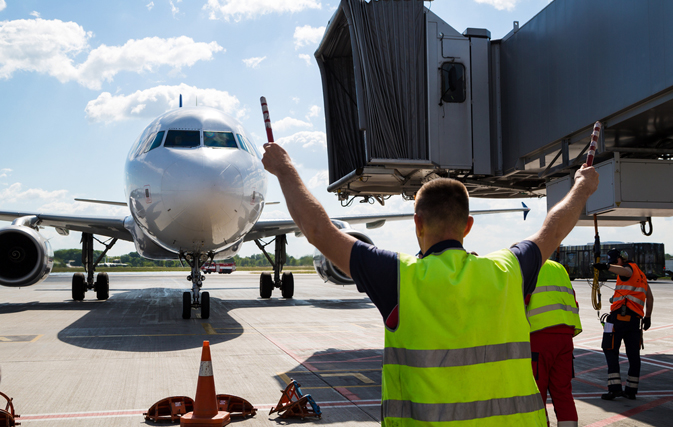This story originally ran in the December 21st, 2017 issue of Travelweek magazine. To get Travelweek delivered to your agency for free, subscribe here.
TORONTO — Looking to take wing at the same time as Swoop, upstart ultra low-cost carrier Canada Jetlines is eager to enter the Canadian ULCC fray and plans to start operations from Hamilton, ON in summer 2018. This carrier has been seeking adequate startup capital for years; originally it wanted to start service back in 2015.
This is Part 2 of a two-part series. Click here for Part 1.
The company recently signed lease agreements for four new B737-800s, with two set to be delivered in April 2018 for licensing requirements, and an additional two joining in June 2018 for the launch.
Jetlines is seeking additional foreign investors thanks to a government-granted exemption from foreign ownership rules. Under this exemption Jetlines can be 49% foreign-owned as long as no single investor has more than a 25% stake. According to reports, the Canadian Transport Agency has told the airline it needs at least $40 million in start-up funding. The CTA also requires a new carrier to prove it can operate for 90 days without producing any income.
Certainly $40 million in start-up capital sounds like a lot of money … but is it? Airlines are notoriously expensive to operate. While aircraft lease rates fluctuate (similar to auto lease rates) and depend on how much you put down and the length of the lease, a reasonable ballpark figure for a B737-800 is US$500,000 per month.
So Jetlines will potentially lose $2 million just on aircraft leases from April until June during the licensing period. And if they have licensing snags and planes sit for another couple of months, you can see how money is potentially flying out the door. Then you have staffing and training costs and very quickly $40 million can disappear.
And so we come to what has been Canada’s second big issue with having a ULCC. The first is the very real problem of population density. This challenge has historically been compounded by airline entrepreneurs’ unrealistic capital funding plans.
Using the CTA’s minimum capital requirement of $40 million is a terrible benchmark. In the current century Canada has had one successful airline startup: Porter Airlines. While Porter is not a ULCC, it is a smart airline company. It combined a unique business concept – fly out of Toronto’s underutilized island airport with fuel-efficient and Canadian-made turboprop aircraft – with a reasonable business plan that included likely initial losses. It knew it needed far more than the government required minimum capital.
In fact, Porter was founded in 2006 as a private company and raised $125 million in startup capital. In a prospectus filed in 2010 Porter disclosed that during the first four years of its existence it lost a combined $44 million. They company’s first profitable year was 2011 and it has since continued to grow and prosper. The airline now serves 23 destinations plus many more with partner JetBlue.
Going forward we’re looking at three very different airlines all looking for future success using the ULCC business model.
WestJet has both the funding and structures that could make Swoop a success. The long-term question could be, if the other ULCCs fail, will WestJet decide to fold Swoop back into the main airline to raise yields and consequently fares?
Flair has very few start-up costs for its ULCC business plan, but will its older aircraft lead to delays or large maintenance costs? And will it be able to add additional airplanes with causing financial stress to the existing operation?
Canada Jetlines seems like a long shot and at least in this industry observer’s opinion, has mistaken a ‘business concept’ for a ‘business plan’. The allure of the ULCC concept is readily apparent to anyone who’s ever thought they paid too much for an airline flight, yet that doesn’t mean that a new ULCC will automatically be successful. Jetlines has been trying to raise funds for quite a long time and is currently almost three years behind schedule and on its second CEO. Can it pull off the ULCC gambit?
The only thing that’s for sure in the Canadian ULCC airline rush is that it appears we have some unstable winds ahead of us, so it’s time to buckle up and prepare for some airline turbulence. After all … what could go wrong?
Michael Schoenberger is an aviation and travel industry expert and freelance travel writer.
This story originally ran in the December 21st, 2017 issue of Travelweek magazine. To get Travelweek delivered to your agency for free, subscribe here.
